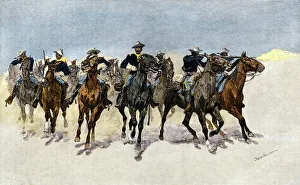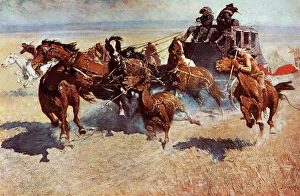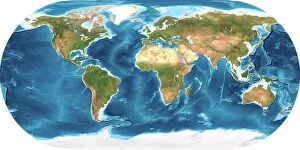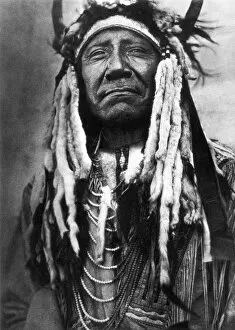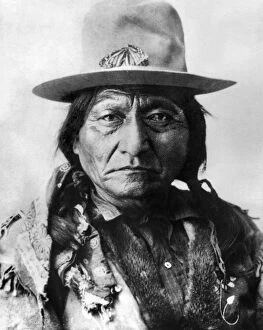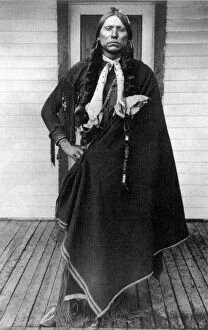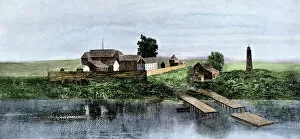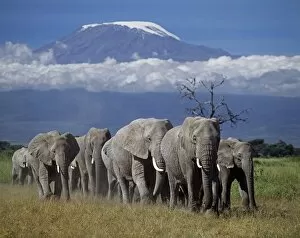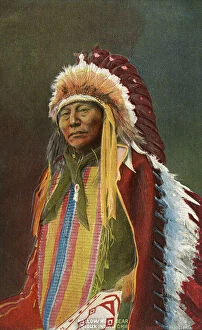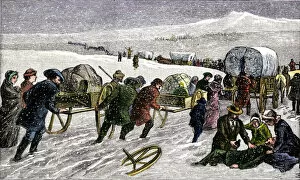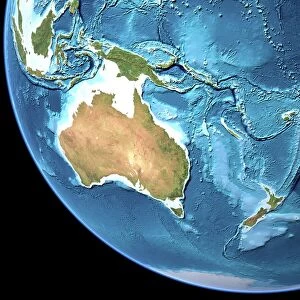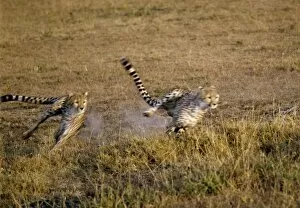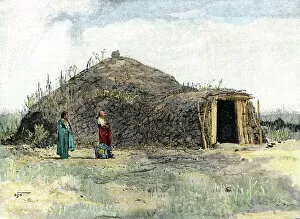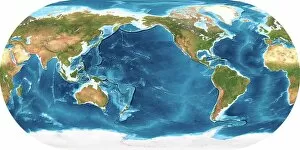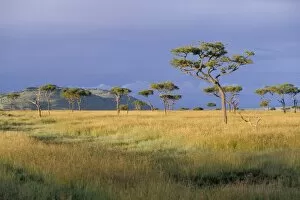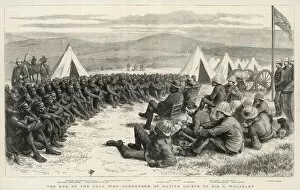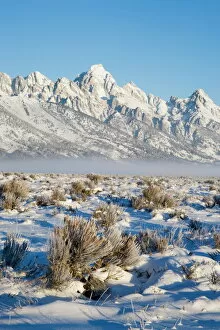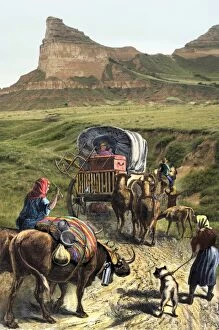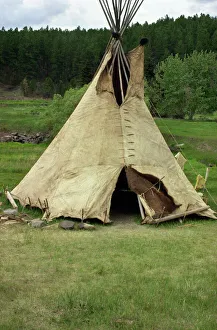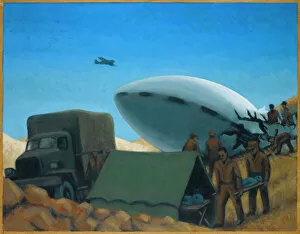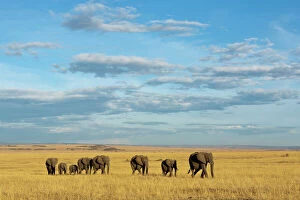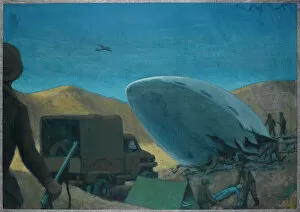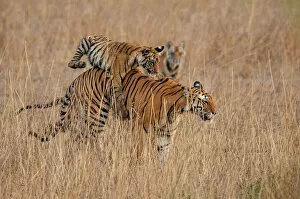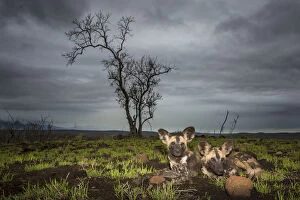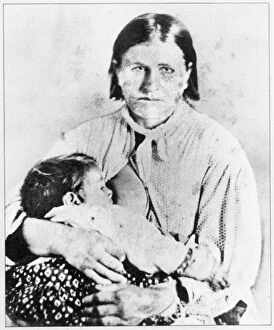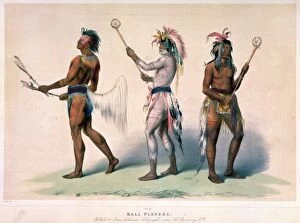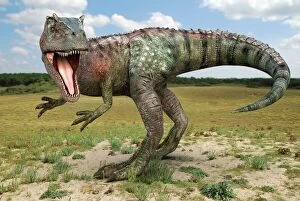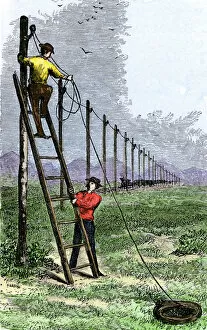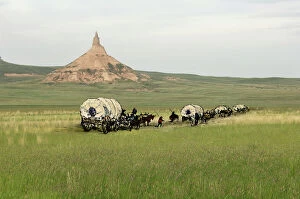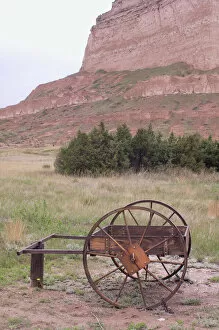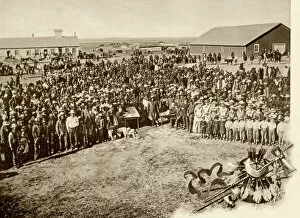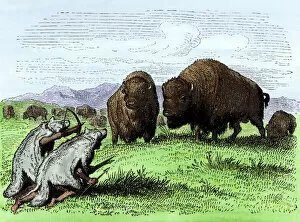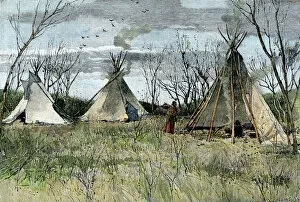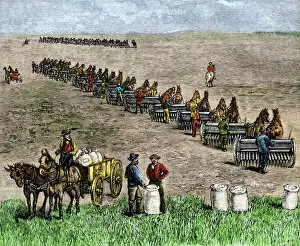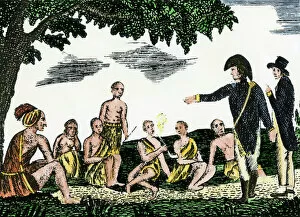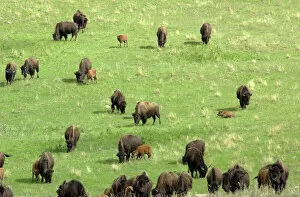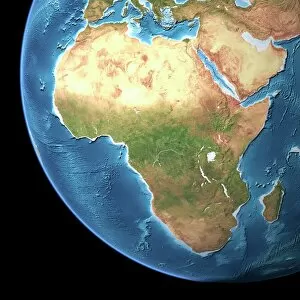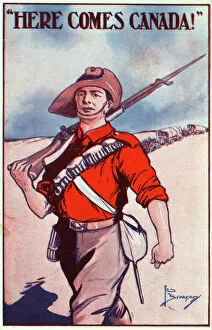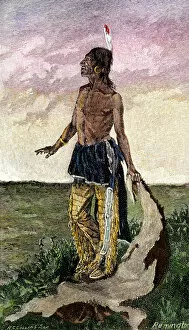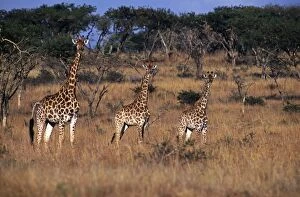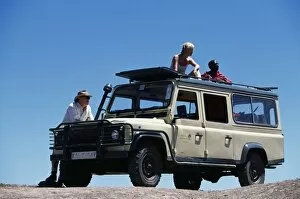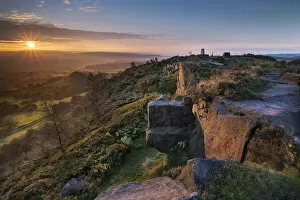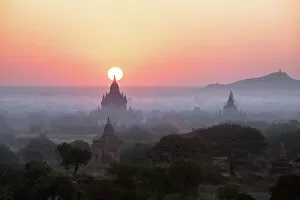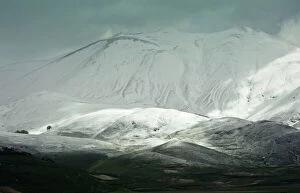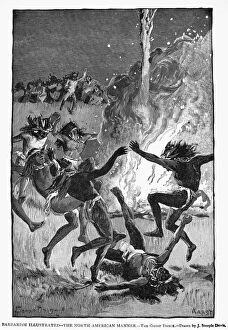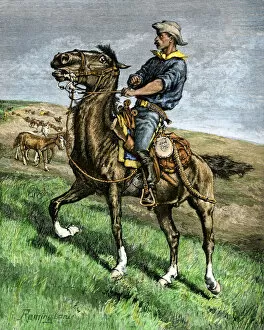Plains Collection
The vast expanse of the plains has witnessed countless stories unfold throughout history
For sale as Licensed Images
Choose your image, Select your licence and Download the media
The vast expanse of the plains has witnessed countless stories unfold throughout history. From Native American attacks on western stagecoaches to the intricate details etched on Earth's topographic and bathymetric maps, these wide-open spaces hold a multitude of tales. In the late 1800s, as settlers ventured westward, a stagecoach traversing the plains fell victim to a fierce Native American attack. The clash between cultures left an indelible mark on this untamed land. Amongst the warriors who fought valiantly were legendary figures such as Cheyenne Chief Two Moons and Sioux leader Sitting Bull. Their photographs captured by Edward S. Curtis in 1910 serve as powerful reminders of their strength and resilience. Another influential figure emerged from these plains - Quanah Parker, a Kwahadi Comanche leader who defied all odds. His photograph taken around 1895 showcases his regal presence and unwavering determination. As settlements began to dot the landscape, Fort Dearborn stood tall on what would become Chicago's site. It served as both protection and symbolized conflicts between indigenous peoples and incoming settlers. During times of peril, like when buffalo soldiers charged to rescue those in need or when Mormons found themselves caught in prairie blizzards en route to Utah, bravery prevailed against nature's wrath. While elephants may seem out of place amidst these narratives, they too have roamed across vast grasslands akin to the plains – their majestic presence reminding us that beauty knows no bounds or borders. Hollow Horn Bear stands proudly among Sioux Indian chiefs whose legacies are intertwined with this expansive terrain. Their wisdom echoes through generations even today. Not limited solely to North America, Australia also boasts its own breathtaking version of these open spaces captured vividly in satellite images – showcasing yet another facet of our planet's diverse landscapes. Lastly, we cannot forget about the fur trade era where flintlock pistols played a pivotal role.

